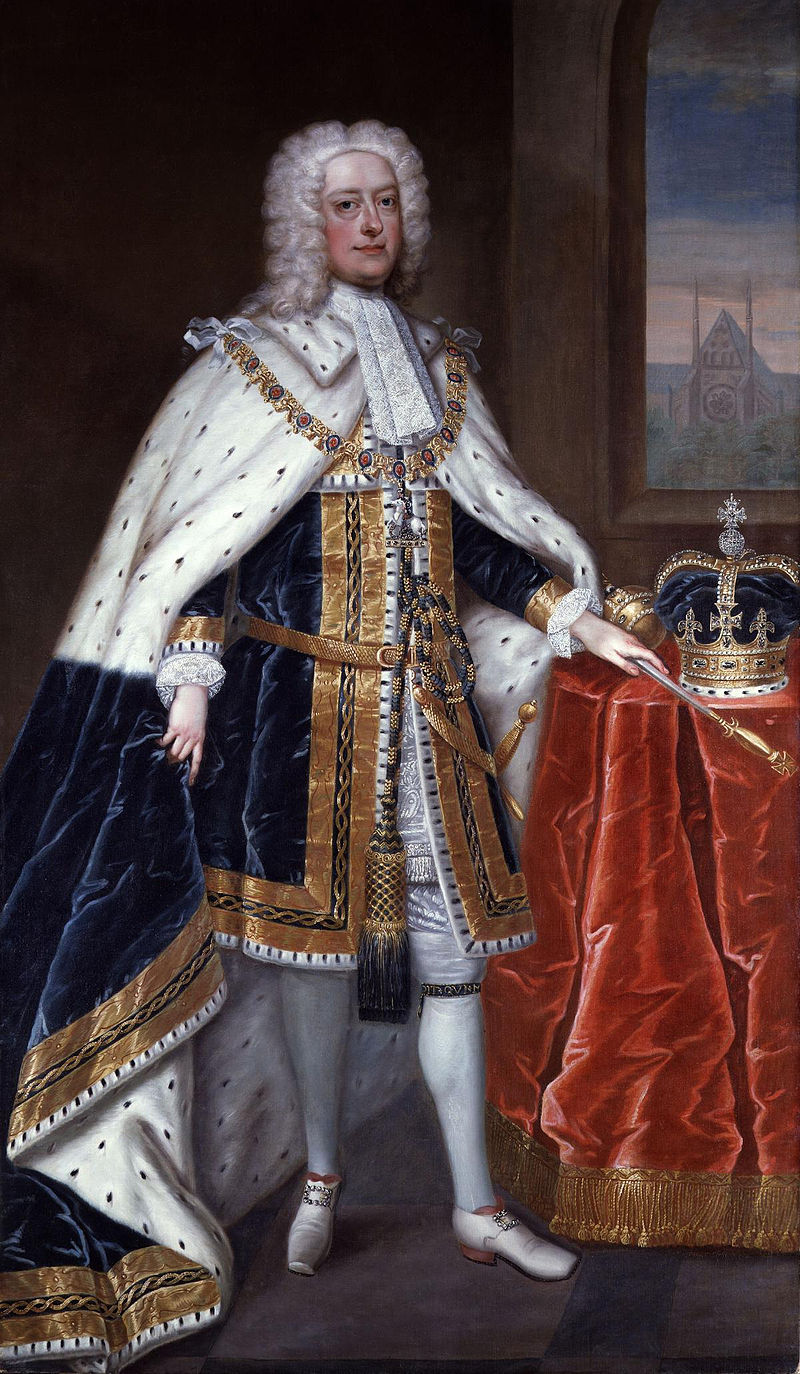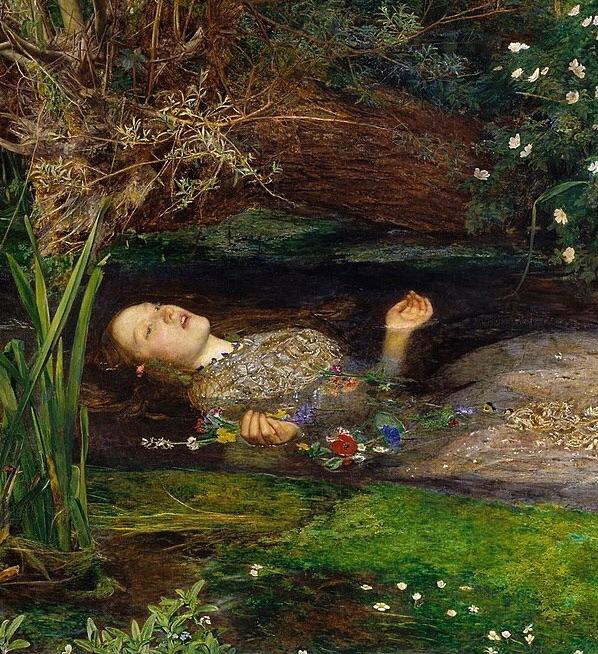Registration – 2026 no sea takimata sanctus est
Prospective presenters are usually asked to submit a short abstract of their presentation, which will be reviewed before the presentation is accepted for the meeting. Some disciplines require presenters to submit a paper of about 6–15 pages, which is peer reviewed by members of the program committee or referees chosen by them. Prospective presenters are usually asked to submit a short abstract of their presentation, which will be reviewed before the presentation is accepted for the meeting. Some disciplines require presenters to submit a paper of about 6–15 pages, which is peer reviewed by members of the program committee or referees chosen by them.
24.08. —
28.08.
Prospective presenters are
usually asked to submit a short
abstract of their presentation

Santiago de Compostela[a] is the capital of the autonomous
community of Galicia, in northwestern Spain.
The city has its origin in the shrine of Saint James the Great,
now the Cathedral of Santiago de Compostela, as the
destination of the Way of St. James, a leading Catholic
pilgrimage route since the 9th century[1]. In 1985, the city's
Old Town was designated a UNESCO World Heritage Site.

Along the western side of the Praza do Obradoiro
is the elegant 18th century Pazo de Raxoi, now the city hall. Across the square is the Pazo de Raxoi (Raxoi's Palace), the town hall, and on the right from the cathedral steps is the Hostal dos Reis Católicos, founded in 1492 by the Catholic Monarchs, Isabella of Castille and Ferdinand II of Aragon, as a pilgrims' hospice (now a parador). The Obradoiro façade of the cathedral, the best known, is depicted on the Spanish euro coins of 1 cent, 2 cents, and 5 cents (€0.01, €0.02, and €0.05).
Santiago is the site of the University of Santiago de Compostela, established in the early 16th century. The main campus can be seen best from an alcove in the large municipal park in the centre of the city.
Within the old town there are many narrow winding streets full of historic buildings. The new town all around it has less character though some of the older parts of the new town have some big flats in them.
Santiago de Compostela has a substantial nightlife. Both in the new town (a zona nova in Galician, la zona nueva in Spanish or ensanche) and the old town (a zona vella in Galician or la zona vieja in Spanish, trade-branded as zona monumental), a mix of middle-aged residents and younger students maintain a lively presence until the early hours of the morning. Radiating from the centre of the city, the historic cathedral is surrounded by paved granite streets, tucked away in the old town, and separated from the newer part of the city by the largest of many parks throughout the city, Parque da Alameda.

